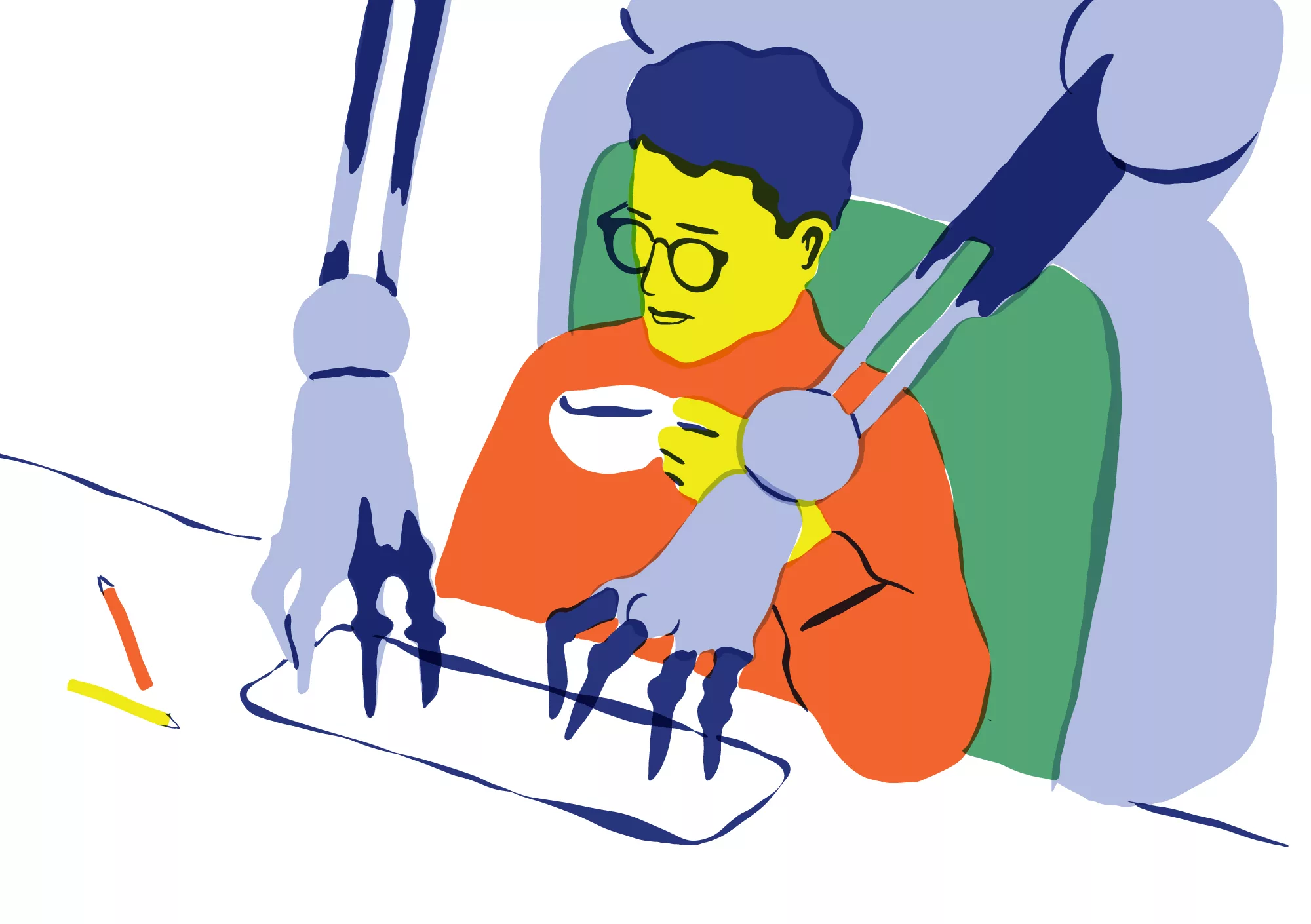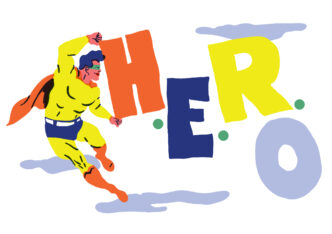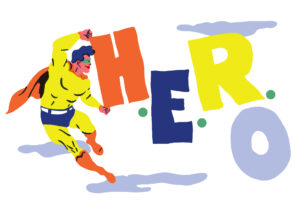

"Generative AI is altering the very heart of the publishing industry: the creation of content, which means that the value chain is altered as a whole, hence its disruptive nature."
The concept of digitization buried the term Information Society. However, in light of the rise of generative AI, we should rescue it again! Once digitization has spread to the social, economic and political spheres, it is the corpus of data that forms the cornerstone of the 21st century society. Moreover, we can say that AI is a new stage in technological evolution, it is digitization super-vitalized with data, which represents a transformation of the entire value chain.
The Generative AI Revolution
The rise of the platforms meant for the media – which attended almost as mere spectators – a profound transformation of the value chain in terms of distribution and marketing. Now, Generative AI is altering the very heart of the industry: the creation of content, which means that the value chain is altered as a whole, hence its disruptive nature. We are therefore facing, more than a transformation, the “deconstruction” of the industry.
Three Levels of Adaptation
In order to successfully face this new scenario, three different levels of action must be taken, where adaptation is essential. Industry, organization and professional environment.
The industry level
At the industry level, the media must establish medium and long-term strategies to help them negotiate advantageously with the large technological platforms that dominate the market. Historically, the relationship between media and platforms has been uneven to say the least. With the arrival of new companies owning AI models, the scenario becomes even more complex and uncertain.
We are witnessing two strategies. On the one hand, media that bet on suing the companies that own AI tools that, in their opinion, make fraudulent use of their content, as is the case of The New York Times with OpenAI or more recently Forbes’ complaint to Perplexity. On the other hand, bilateral agreements between the big groups (Axel Springer, Associated Press, News Corp, Vox Media, The Atlantic, LeMonde and Prisa) and Open AI are being signed. Little is known about these agreements, except for official communications and some leaks to the press.
According to these reports, the AI company would use its content to train models in exchange for financial remuneration – which could be in the double digits for periods of three years (millions of dollars). In addition, according to the published information, a select group of publishers (Preferred Publisher Program) would be offered advantages to give them preference when users interact with ChatGPT.
Due to the lack of transparency about the agreements, it is difficult to foresee the implications for the industry as a whole. It would be interesting to know, given that the agreements are advertised as exclusivist, the opinion of the national agencies and commissions in charge of overseeing and ensuring market competition.
The organization level
At the organizational level, it is crucial that media companies have a clear and decisive strategy for the incorporation of AI. This process must be led by specialized and responsible teams, whose objectives must include the development of specific usage guidelines that reflect the strategic lines. This includes determining which platforms to use, how to manage the data and anticipate contingency actions in the face of potential risks that may arise. Currently, many organizations use AI in a dispersed manner, which increases potential risks. Establishing a clear, centralized strategy can mitigate these risks and maximize the benefits of AI.
> Innovating with AI, the impressive work of Aftonbladet
The individual professional level
Finally, professional level, or how to adapt to the arrival of AI as an essential tool for the development of any intellectual work. In this sense, AI should be seen as a tool that helps to increase efficiency and not as a replacement for journalists. The use of Gen AI should be understood as an assistant or co-pilot – Microsoft is to be congratulated for the choice of name for its tool – that allows to be more efficient and reduce time in processes of little value, or that, due to their complexity, entail a lot of focus and intelligence. Tasks that can be automated, such as transcriptions, text translation and the identification of patterns in large volumes of data, will free journalists to concentrate on the analysis, interpretation and contextualization of information, aspects in which AI – at least for the moment – cannot compete.
Digital journalists vs traditional journalists
But what is most surprising is that for organizations and journalists, AI is seen as a transformation support agent that puts value on traditional skills.
For almost two decades, digitalization has met with opposition from certain journalists who, due to their own difficulties and/or disinterest, rejected or placed (in some newsrooms they continue to do so) obstacles to the transformation of organizations. The requirement to have a minimum of digital skills to adapt to the transformation had divided traditional newsrooms into two main camps, in many cases at odds: digital journalists and “traditional” journalists.
It is true that some great journalists with poor digital skills have been lagging behind in the face of the arrival of more digital profiles, even if they were brilliant editors. AI can be an internal energizer because it will help these digitally challenged journalists to focus on what they do best: good journalism, relying on AI for the other functions.

> Bringing AI to a 400 year old media group
The risks of AI
While AI offers many opportunities, it also presents significant risks. One of the most prominent is the phenomenon of AI hallucinations, when AI tools generate incorrect information or even invent data. This is particularly dangerous in journalism, for which accuracy and veracity are critical. Therefore, constant human oversight and protocols to correct any errors that do occur are essential.
Another risk is the possibility of plagiarism, both conscious and unconscious. AI models are trained on huge amounts of data, much of which comes from unfiltered content extracted from the internet. This can lead to the creation of content that might intentionally or unintentionally infringe copyright. The media must be diligent to ensure that AI-generated content is original and respectful of intellectual property.
An uncertain future
The three levels analyzed are closely interrelated, and companies must have a cross-cutting AI strategy that gives coherence to the three axes described above.
Gen AI has the ability to redefine the journalism industry, creating new avenues for interaction and personalization with audiences, as well as optimizing business models. However, taking advantage of these opportunities requires a strategic and ethical approach. The media must invest in training and in the development of new skills among their professionals to adapt to this ever-evolving technology.
In conclusion, Generative Artificial Intelligence represents a powerful tool that can transform journalism, provided it is used carefully and responsibly. Media that manage to effectively integrate AI into their processes will be better positioned to face the challenges of the future and take advantage of the opportunities that this technology offers. Digital transformation is already AI transformation.
We cannot end without mentioning what is already one of the most controversial and relevant topics today: the need to be transparent with the public, which requires reporting when and how AI is used in content creation. This includes clearly noting whether an article or part of an article has been generated by AI. Transparency is not only a matter of ethics, it is, above all, fundamental to maintaining the trust of readers, so weakened in recent times.












